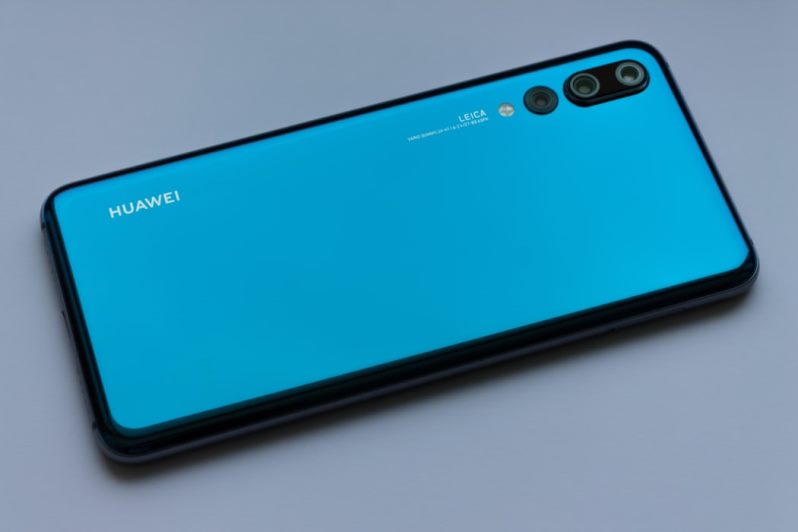Huawei has been burying its head in the sand for a while since it was deprived of Google services since May 2019. It was during the presentation of ts flagship at the end of the year, the Mate 30 Pro, the firm decided to react officially. It no longer used the Play Store, but rather on its alternative boutique: the AppGallery.
Before all this, few people knew about this alternative app store. Those who knew didn’t linger any longer and for a good reason. The vast majority of the apps on offer are useless, strange, or not even localized. All the big apps found in the Play Store are unavailable in this AppGallery. It’s all Huawei’s fault for not being able to capitalize on this project earlier, even though it was launched in 2011.
But that’s all about to change. The Chinese company is planning to make its AppGallery a major option compared to the Play Store or even Apple’s App Store. Huawei is giving itself the means, but above all, it is offering developers tools to facilitate the creation and availability of their applications.
Simplified user experience
One of the new features Huawei introduced on the AppGallery for 2020 is Quick Apps, allowing you to launch applications instantly, with just one click. To do this, these applications are simplified in their coding. The AppGallery only downloads what’s needed to run the app and doesn’t bother with the rest of the APK. Writing requires only one-fifth of the necessary code for an app running on the Play Store. Also, they take up much less space. Huawei says that 2,000 Quick Apps take up as much space as 20 “classic” apps. Quick Apps only contains 1,700 apps for the moment, but this number should grow significantly in the coming months.
Note that all these applications will be available on all the company’s media. This goes from the smartphone to the tablet, the PC, or the television. A unique ID will suffice. This reminds – once again – a lot of what Apple offers in terms of communication between its devices.
A long-term investment
It was at its Developer Conference in August 2019 that the firm announced, for the first time, its desire to bring developers to its app store. And they did it in the best way since it was a question of making available all the tools necessary to facilitate the development or porting of apps already present on its store to others. Huawei Mobile Services (HMS), introduced at that time, as well as Harmony, Huawei’s OS, and which could eventually equip its future smartphones.
And that’s not all. Huawei is making grumbling to the developers by organizing several conferences, opening up a mutual support platform, or, more simply, by investing massively. Over the year 2019, 1.5 billion euros have already been spent. Eventually, the company is talking about $23 billion to develop its AppGallery. Huawei is already a major player against the big fish Google and Apple. With this kind of money, the firm hopes to be able to offer the same services as the competition.

